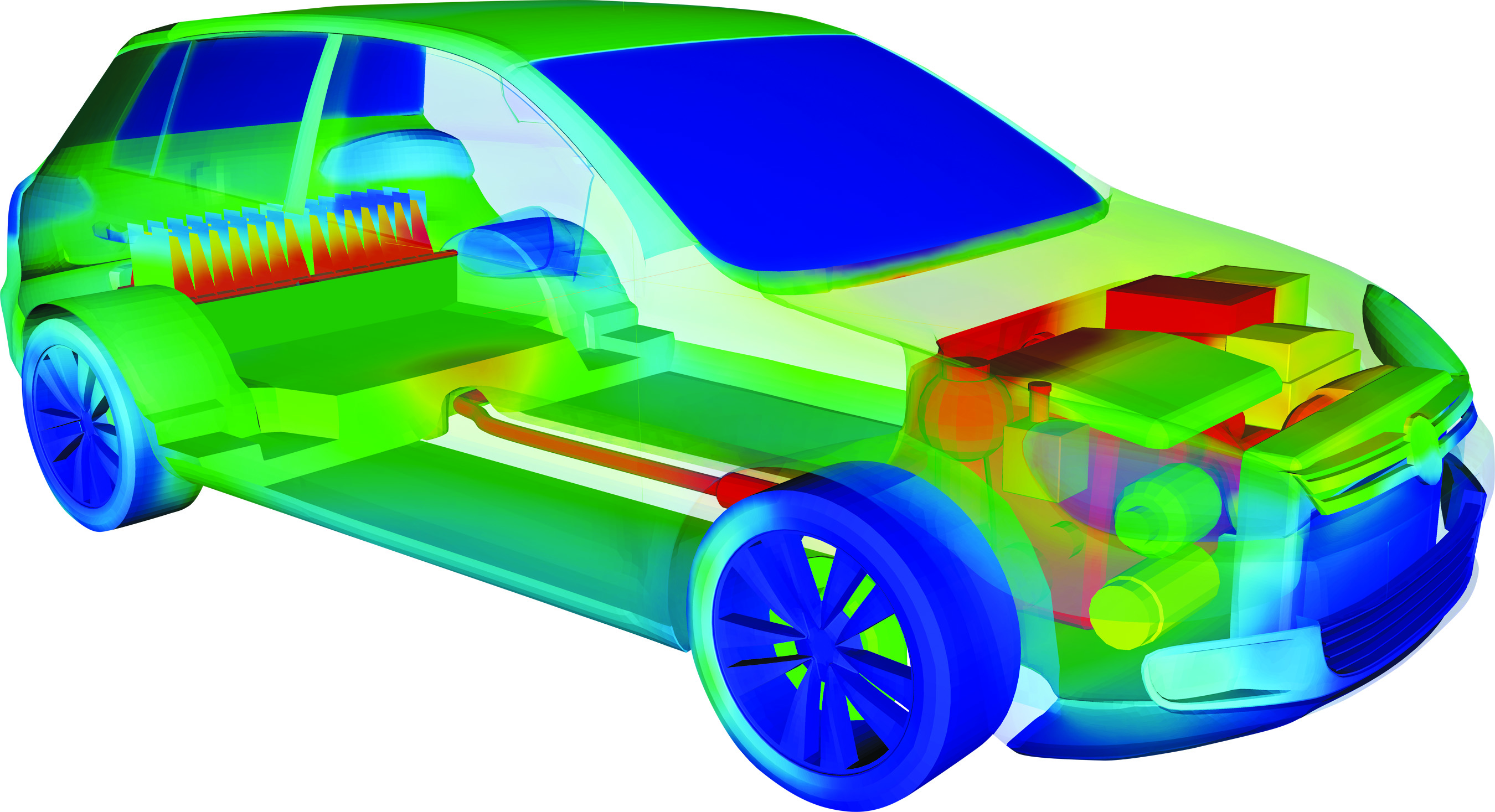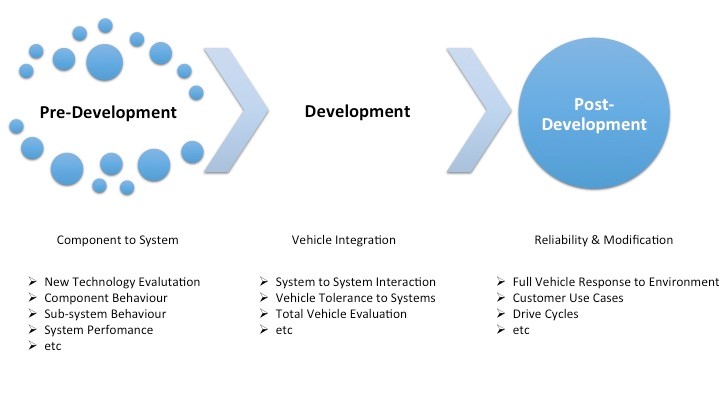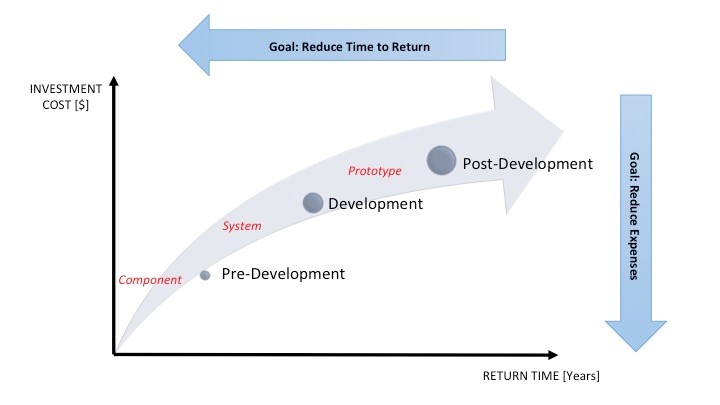
As automotive manufacturers continue to try to shorten the lifecycle of product development and redesign, many are now discovering that simulation is a surefire way to eliminate a full 33% or more of the traditional development timeline! This allows OEMs to get products out of the design and pre-development stages, move to validation and market rollout quicker, all at lower cost and at greater reliability. In this blog series we will discuss the incredible benefits of simulation at every aspect of the product design lifecycle (Pre-Development, Development and Validation).
The discovery made by automotive manufacturers, specifically, is the robust sophistication now provided by advanced simulation CAE software and methodology. With this newfound discovery of 33% or more in time savings comes an even greater discovery: the potential to save perhaps tens (or even hundreds) of millions of dollars in the process!
Whether it be through revolutionizing the traditional design paradigms in Pre-Development or making sure vehicle components can withstand even the harshest of environmental conditions in the Development stage, simulation’s worth is easily demonstrated.
Pre-Development, Development, Validation: Savings in Every Step of the Process
In simple terms, the standard lifecycle for product development consists of three primary phases:
- Pre-Development
- Development
- Validation
Historically, the standard methodology has been to design, build, and test prototypes in every phase. Each prototype is built essentially by the human hand, ordering parts for components in very limited quantities (which comes at great expense). They are then physically tested which results in incurring labor costs, material costs, travel costs, testing facility costs. This is done over and over again until a component can safely and reliably graduate to the next phase and eventually on to mass production.

This “test and fix” methodology can often have automotive designers and manufacturers chasing misidentified issues down an unknown number of “rabbit holes”. These “rabbit holes” often lead to the wrong conclusions designers are sent back to the literal drawing board time and time again. As a result, OEMs continue to amass very real costs and expenditures (opportunity costs, delays in production exhaust time, resources). In the end, this diverts attention away from moving on to the next innovation.
As the chart below illustrates, the extent to which OEMS can shorten the time to return on investment has a direct impact on the company’s ability to reinvest into better technology, generate greater profit, and add to the overall fiscal health of the business. Once achieved, that reduction in time to return allows engineers to work on the next available project affording the OEM the ability to adapt faster to evolving market changes.
In Short: Find Problems Faster, Solve Them Faster... and Move on to The Next Big Thing.

In our next blog see how simulation is reducing the time spent in the Pre-Development phase. Stay tuned as we explore how you can implement simulation into your design process, saving valuable time, money and resources!
Learn more about our transient thermal simulation TAITherm on our website.
